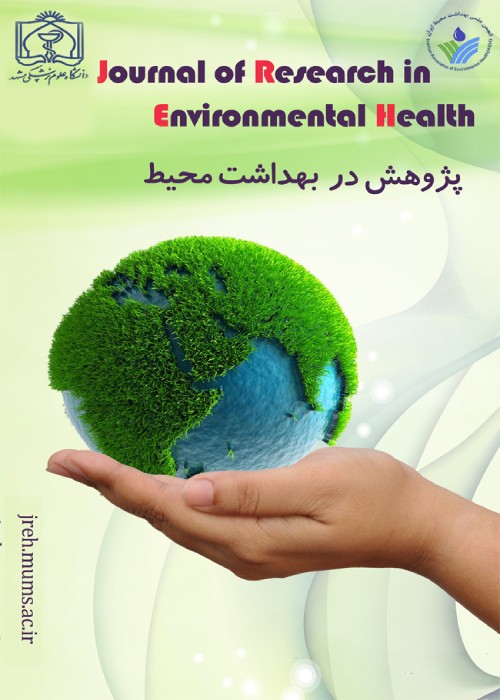Survey of Electropersulfate/H2O2 Efficiency for Treatment Synthetic Wastewater Containing Tetracycline using Response Surface Methology (RSM)
Tetracycline represents the most prevalent antibiotic group in production and utilization and is extensively employed for the prophylaxis and treatment of infectious diseases in both human and veterinary medicine. The primary objective of this investigation was to assess the efficacy of electro-activated persulfate (EC/PS/HR) for eliminating tetracycline from aqueous solutions.
This study was conducted in a batch mode utilizing an electro-activated persulfate (EC/PS/HR) system. All experiments were carried out under constant temperature conditions. Response surface methodology (RSM) in conjunction with a central composite design (CCD) was employed to optimize the variables associated with the electro-activated persulfate and hydrogen peroxide process, including pH, current density, and the persulfate/hydrogen peroxide molar ratio, with the aim of tetracycline removal. Data analysis in this study was performed using Data Designer 8.0.6 software.
The results of this study revealed the use of a quadratic model to predict the impact of independent variables on the efficiency of tetracycline removal in the process. The exceedingly low (p <0.0001) and the high correlation coefficient (R2) of the obtained model signify a robust correlation between experimental and predicted data. The optimal conditions for achieving maximum efficiency in the degradation of tetracycline through electro-activated persulfate were determined to be a pH of 5.6, a persulfate/hydrogen peroxide molar ratio of 1.1, and a current density of 31 mA. Under these conditions, tetracycline degradation reached approximately 95.2%.
Based on the findings of this investigation, it can be deduced that the advanced oxidation process relying on electro-activated persulfate (EC/PS/HR) is capable of eliminating contaminants in aqueous environments, influenced by various factors such as hydrogen peroxide dosage, catalyst concentration (persulfate), and pH. The study highlights the capability of the electro-activated persulfate (EC/PS/HR) hybrid process to decompose recalcitrant pollutants like tetracycline from aqueous environments. Overall, the electro-activated persulfate process demonstrates promise for the degradation of tetracycline in aqueous solutions.
- حق عضویت دریافتی صرف حمایت از نشریات عضو و نگهداری، تکمیل و توسعه مگیران میشود.
- پرداخت حق اشتراک و دانلود مقالات اجازه بازنشر آن در سایر رسانههای چاپی و دیجیتال را به کاربر نمیدهد.



